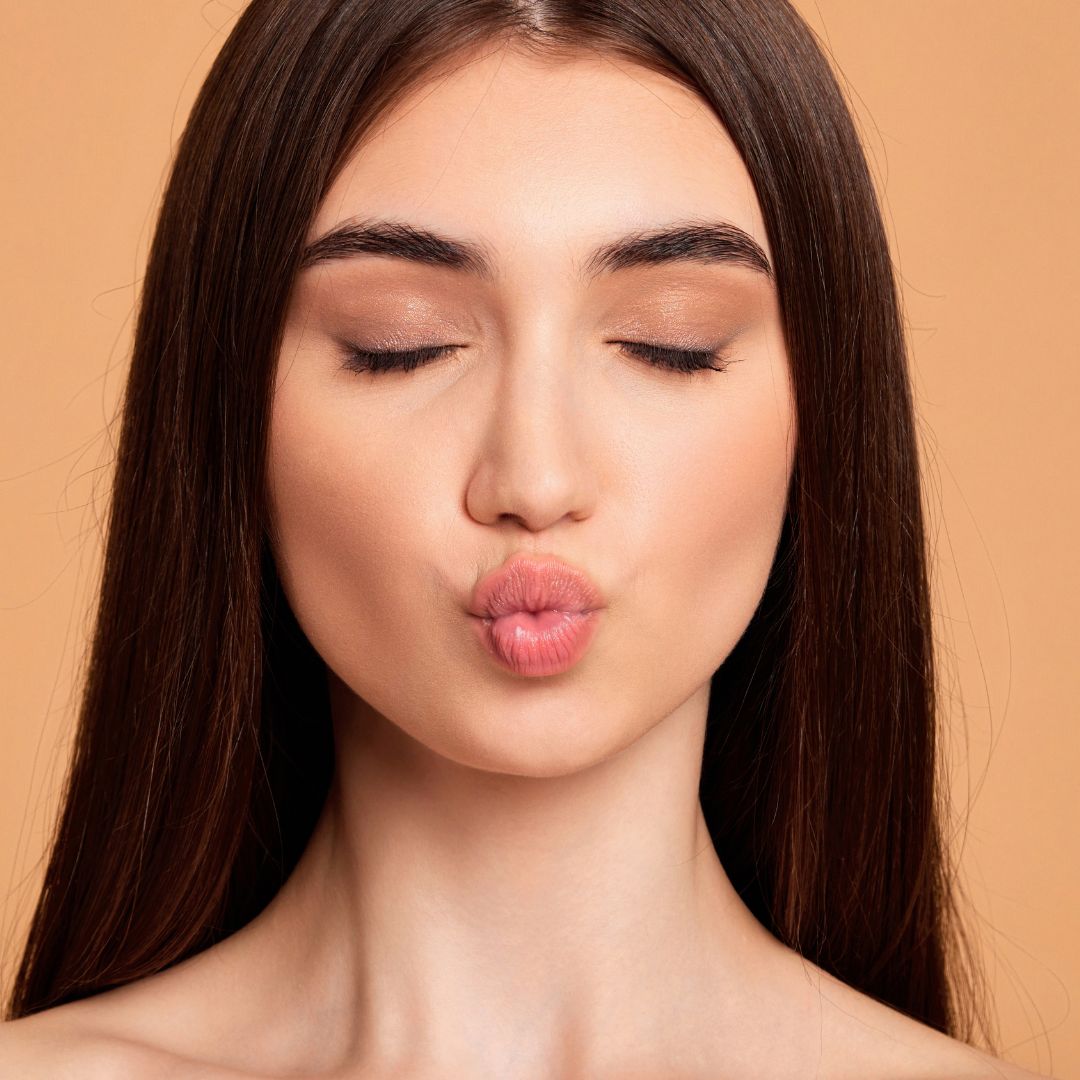The Causes of Lip Lines: A Close Look at Collagen Degradation and Aging
If you've ever studied your reflection in the mirror only to be greeted by vertical lines around your lips, you're not alone. Commonly referred to as "lip lines," these pesky wrinkles are often identified as the tell-tale signs of aging. But what causes these lip lines to appear, and why are they so challenging? The answer primarily lies in the scientific understanding of skin structure, particularly the role of a crucial protein – collagen.

Collagen: The Building Block of Youth
Collagen is a structural protein abundant in our bodies, making up approximately 80% of our skin. It's often metaphorically likened to the 'cement' that holds our skin together, maintaining its firmness, elasticity, and regenerative abilities.
As a fountainhead of youthfulness, collagen layers in the dermis maintain a smooth and taut skin surface, including the skin around our lips. However, as with any structure, time and external factors exert a toll, and collagen is no exception.
Collagen Degradation
With aging, the natural production of collagen starts to decline, which typically begins in our mid-20s. Not only is the production line of this vital protein slowed down, but existing collagen also begins to degrade. This is attributed to both intrinsic and extrinsic factors.
Intrinsic factors of collagen degradation stem from chronological aging and genetics, which are beyond our control. In contrast, extrinsic factors include environmental stressors like smoking, poor nutrition, pollution, and, primarily, sun exposure. Studies reveal that UV radiation accelerates collagen degradation by generating free radicals that damage the collagen fibres.
The result is a systemic breakdown of collagen fibres, leading to the dermal layer losing its firmness. This degradation weakens skin elasticity and structural integrity, and gradually, grooves formed by facial expressions deepen to become permanent wrinkles – including lip lines.
Lip Lines: Why They Appear
Now, concentrate mainly on the lip region. Lips, being expressive features, are frequently involved in facial expressions, speech, eating, and perhaps habits like puckering while smoking or sucking on a straw. This recurrent contraction and relaxation of lip muscles imprint dynamic wrinkle lines over time.
Further, your lips and the surrounding skin are much thinner than the skin on the rest of your face, with fewer oil glands, making them prone to dryness and premature aging. When combined with the fact that this area is a hotspot for strong muscular activity, we can understand why, with collagen degradation, these vertical lines bloom predominantly around the mouth.
Addressing Lip Lines: Can We Turn Back Time?
While the aging process is inevitable, its impact on our skin, including collagen loss leading to lip lines, can be managed. An arsenal of treatments is available to improve collagen health, boost its production, and soften lip lines' appearance. These range from topicals like Retinol, Vitamin C and sunscreen to minimally invasive procedures like dermal fillers, microneedling and Botox.
By comprehensively understanding collagen's role in forming lip lines, we can make informed choices to protect and rejuvenate our skin. Although intrinsic aging cannot be ceased, moderating external factors and adopting measures for collagen fortification can help retain our skin's youthful firmness, minimizing the chances of developing dreaded lip lines.
Remember, every smile, pout, and pucker tells a story. Turning the clock back on your lips doesn't mean erasing these tales; it merely illuminates the existing beauty. drating dermal filler to enhance your pout and virtually erase any wrinkling. To treat vertical lines at home, use lip care such as serums or balms that deliver active anti-aging ingredients such as vitamin C, retinol, or hyaluronic acid.
